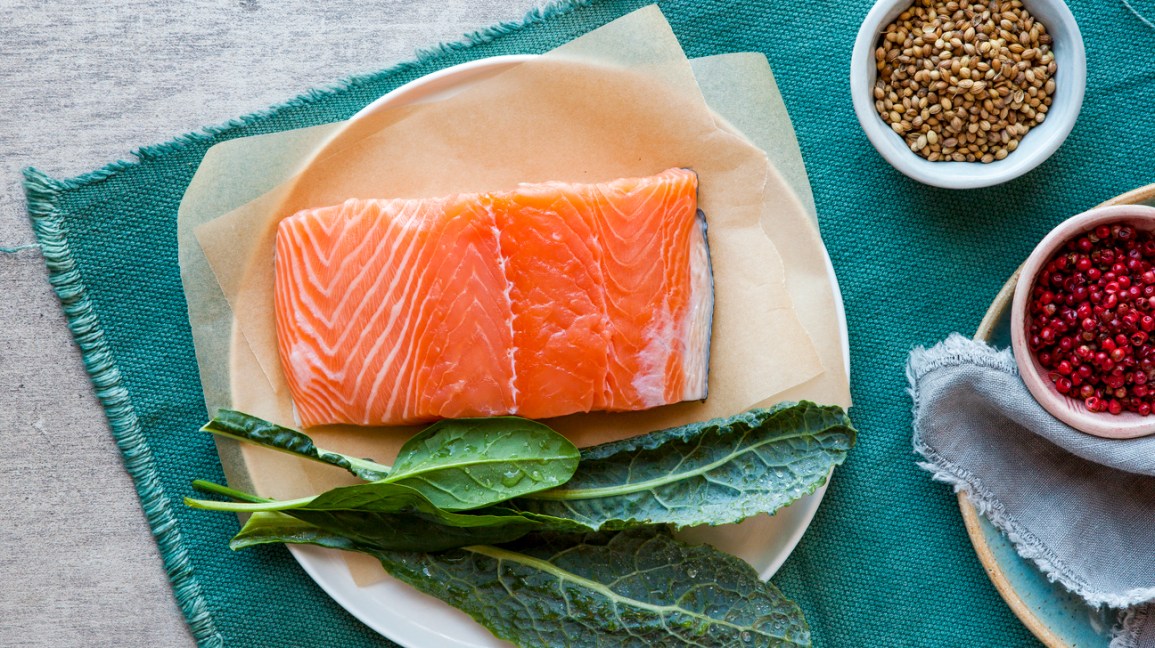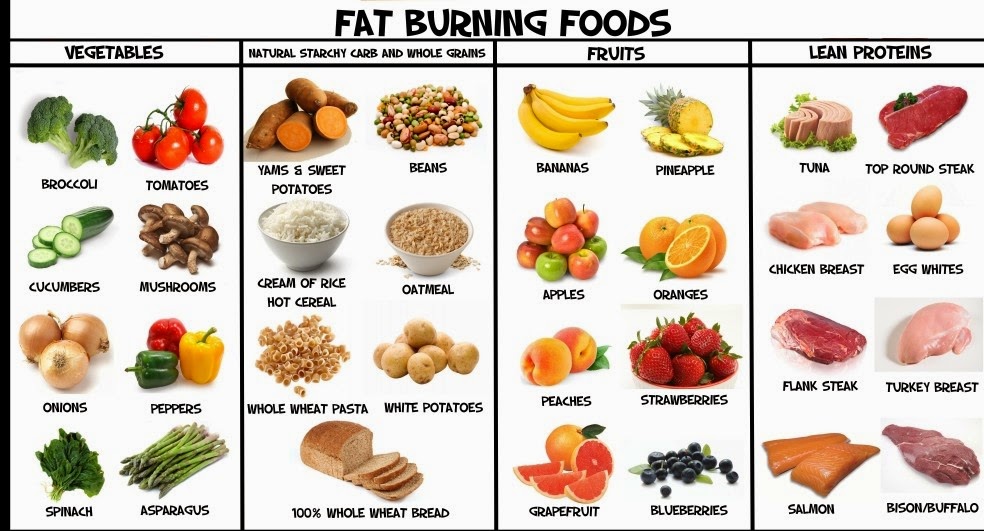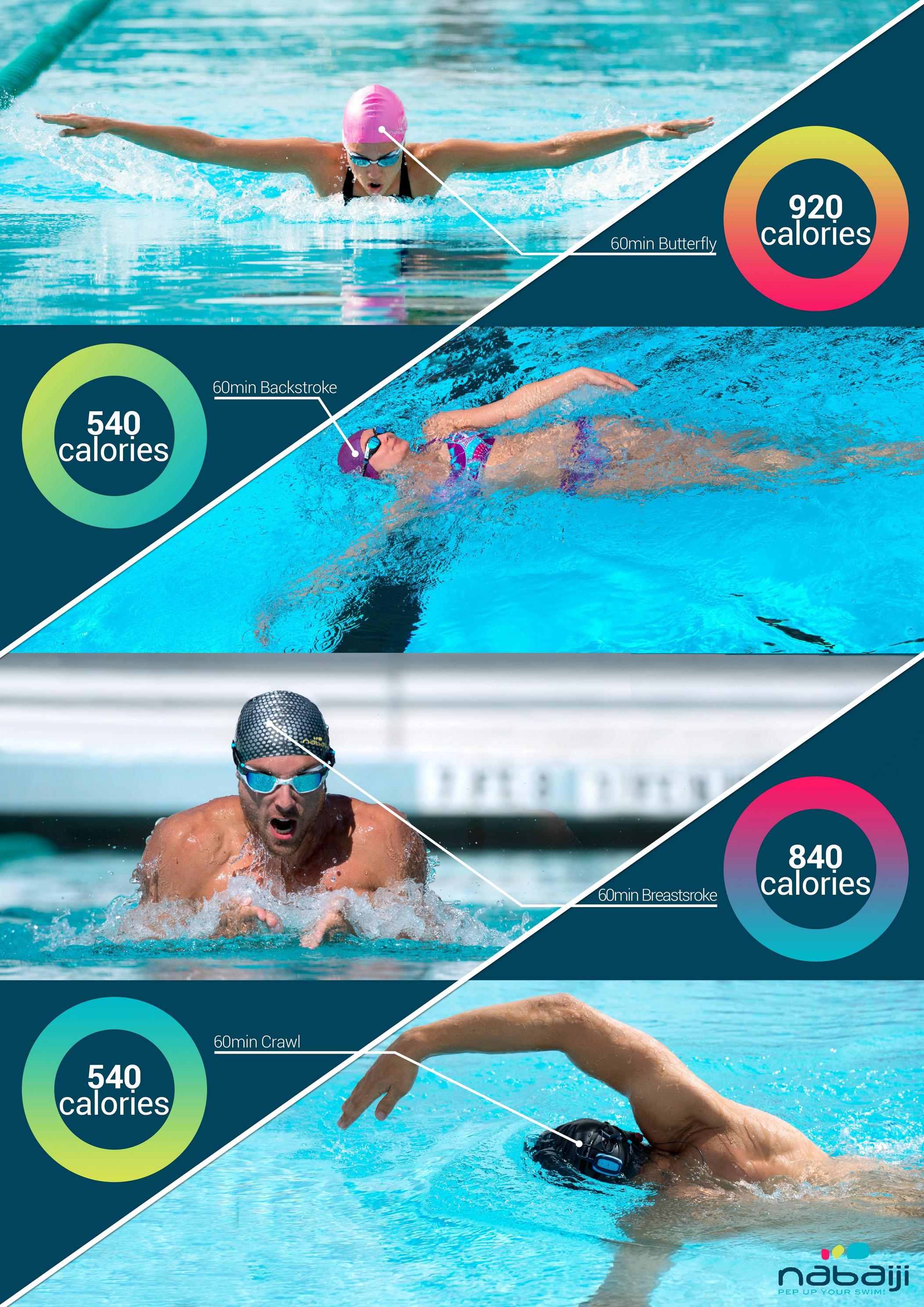
If you're looking for a great low-impact workout that burns 400 to 600 calories an hour, consider taking a spinning class. These classes are great for weight loss and can replace strength training. Several reasons exist for taking a spin class, including the fact that the majority of the workout is spent on moving. Continue reading to learn more. After reading this article you will be ready and able to book your next spinning class.
Taking a spin class burns 400 to 600 calories per hour
A spin class can help you lose weight. Spinning not only increases cardiovascular health but it also helps you lose weight and burn fat. Spinning may not be the most effective workout, but it does have many benefits. It can help you lose weight and improve your body composition. Plus, you can enjoy the camaraderie and awesome tunes.
You can burn between 300 to 600 calories an hour, depending on what type of spin class is chosen. You'll burn more calories if you take a harder class. This is particularly helpful if you have trouble staying motivated during a 30-minute class. A 30-minute class should start slowly and gradually increase in intensity as you go. Your spin class will determine the intensity. In general, you can expect a loss of 400 to 600 calories per 45-minute class.

It's low-impact and effective.
A spin class can be a great way of getting your heart rate up without running. Spin classes are low-impact and can be used by older adults as well as those recovering from orthopedic injuries. You can adjust resistance so you can exercise at a moderate pace and not strain your joints. There are many benefits to spinning, and you may be surprised at how effective it is. If you're interested in finding out if spinning is right for you, give it a try.
Not only will you get a great cardiovascular workout from spin classes, but you will also benefit from improved circulation. Spin classes are great for mood, stamina, and preventing chronic diseases. Not only will you get your daily dose of exercise, but you will also burn several hundred to 600 calories! A spin class can be incorporated into your daily schedule. You can also take a spin class if you don't have the time to ride outside.
It is an excellent substitute for strength-training
Many people don't realize that they can get a great workout without having to go to a gym. Strength training is a great way of building muscles and reducing the risk of injury. While it is not the only form of exercise that can increase your muscles, many people use strength training as a way to bulk up. But, even if your gym is not frequent, it is worth going to one to get started.
Strength training is a proven method to build muscle mass. For those who are just beginning, it can seem daunting because there are so many options. Traditional strength training involves lifting weights. It is also associated with body builders. Functional strength training utilizes your own body weight as well as small pieces of equipment to enhance everyday movements. You can get a full body workout if you do it with multiple muscle groups.

It helps you to lose weight
The American Sports Commission stated that indoor cycling can be as effective as walking for up to 600 calories per hour. Although this is more effective than walking or aerobic exercise in general, it is essential to determine your body type and weight before embarking on an exercise program. Adults should get at least 150 minutes of exercise each week according to the government. This means that a 30-minute spin class could help you lose one pound per year.
Another benefit of spinning is that the cardio aspect of the exercise will help you strengthen your heart. It is a great way to lose weight and inches. To make your workouts more enjoyable, consider hiring a personal coach to improve your form. These trainers can give you recommendations on which exercises are best for your body type and fitness level. You'll be more likely to see results quickly and notice them much sooner than you might think.
FAQ
What Weight Loss Can You Expect In One Week?
The amount of weight you can lose depends on your current body fat percentage. The first thing to do is to calculate how much weight you want to lose and then find out what your BMI (Body Mass Index) is. Your BMI indicates how much weight we should lose to achieve our goal. If your BMI is 25 or greater, you're overweight. If your BMI is 30 or higher, you're obese.
For example, let's say you have a BMI of 28.7 and are 200 pounds. This would mean that you'd have to lose about 70 pounds in order to reach a healthy weight. To see if you're overweight, visit www.healthyminds.com/bmi/.
Once you know your BMI, this formula will allow you to determine how many pounds per week you'll be able to lose.
(Your Goal Weight - Current Weight)/BMI * 7 Number Of Pounds Lost Per Week
To lose 50lbs in a month you will need 2 weeks worth of exercise. This equals 56 days. Then, divide that by 7 pound per day. This works out to 8.3 lbs per week.
You could also try this calculator from www.weightlosscalculator.net. It will give you an approximate estimate of the calories you need to lose 1 pound each week.
How often do people fast?
A majority of ketogenic dieters fast one week. But, some people fast twice per week. Some others fast three days per week.
The length of each fast varies too. Some people fast 24 hours, while others fast 48 hours.
Some people even go longer than 72 hours. But these extreme cases are very rare.
Why is exercise important for weight loss?
The human body can be described as an amazing machine. It was built to move. Whether we are walking, running, swimming, biking, lifting weights, playing sports, dancing, jumping rope, riding our bikes, or just standing still, moving our bodies helps us stay healthy.
Exercise also burns calories and improves muscle tone. This can make you feel more positive both physically and mentally. Many people have heard the phrase "exercise is important to weight loss." But what does it do?
-
Exercise can increase metabolism. Being active can increase your body's ability to use energy. When you move, your heart beats quicker, blood flows to your muscles, oxygen is absorbed by your lungs, and blood flows faster to your muscles. All of these activities are energy-intensive. When you are exercising, you burn extra calories by increasing your metabolic rate. Your body's energy consumption during physical activity is known as the amount of calories burned.
-
Exercise reduces appetite. If you eat less while you are working out, you will naturally eat fewer calories throughout the day.
-
Exercise increases strength. Muscle tissue uses more energy than fat tissue to function. To maintain your current weight, you'll need less calories if muscle mass is increased.
-
Endorphins are released when you exercise. Endorphins make you smile. When you exercise, endorphins are released into your bloodstream. Studies show that endorphins actually block pain signals from reaching your brain. This provides a feeling if well-being.
-
Exercise can boost self-esteem. Exercise regularly leads to higher self-esteem. They live longer, healthier lives.
Make small changes to lose weight. Consider adding these tips to your daily routine.
What length of Intermittent Fasting should I be doing to lose weight?
The answer may not be as straightforward as you think. A number of factors need to be considered when determining how many days of fasting are needed for optimal fat loss. These factors include:
-
Your age. Intermittent fasting can be difficult for young people (under 40). This is because they have less time to recover after each fast. You may not have enough energy for a sustained period of daily fasting if you are older (over 60).
-
Your current body composition. A longer period of fasting is more beneficial for those with a lot of muscle mass. You may find shorter fasting more beneficial if your muscle mass is low.
-
How physically active you are. Exercise regularly and you may need to extend the fasting window in order to get enough sleep between workouts.
-
Your health history. Some people with medical conditions like diabetes, heart disease, cancer, etc., may require additional fasting monitoring.
-
How do you handle stress? Stressful situations often cause us to eat more. To avoid this problem, you may need to increase the length of your fasting windows.
-
Which type of diet you choose. Certain diets, like ketogenic diets, may require even longer fasting periods.
-
The quality of sleep you receive. Lack of sleep has also been linked to increased appetite and decreased metabolism. Therefore, it may take some experimentation before determining what works best for you.
-
The amount of protein you consume. A higher intake of protein may result in lower blood sugar levels. This would allow for you to fast more often.
-
Individuals who are trying lose or gain weight will require longer fasting times than those who are trying.
-
How many calories do you consume in your fasting windows? Fasting for fewer calories per days may lead to greater fat loss than fasting with more calories.
-
Your overall fitness level. The metabolic rate of fast people who are fit is higher, which means they burn more calories each day.
-
Your gender. Women tend to have a greater appetite than men, so they might need to fast for longer periods. Women are more likely to have smaller appetites and may need to fast only 20-30 minutes every day.
-
Your lifestyle. Do you get enough physical activity? Are you able to exercise several times per week? Does your job involve sitting at a desk all day long? All these factors can have an impact on how much time you should speed.
-
How much money are you willing to spend on food? It doesn't always mean that you should spend a lot of money on groceries if you eat healthy foods. You can save money by buying whole grains instead of white bread, fruits instead of candy bars, and lean meats instead of fatty cuts.
-
It's important to manage your hunger. You don't have to skip meals if you don’t want to.
What foods help me lose weight faster?
By eating less calories, you can lose weight quicker. There are two methods to accomplish this.
-
Reduce how many calories you eat daily.
-
Physical activity can help you to burn more calories.
It's not difficult to cut down on the amount of calories you eat. We are constantly being bombarded by calorie-dense fast food options every where we go. Here's a list that will help you lose weight.
-
Beans are high on fiber and protein. They have almost no fat making them an excellent choice for dieters looking to reduce their caloric intake.
-
Oatmeal is low in calories but high in nutrients like magnesium and potassium. It also has less sugar than most other cereals.
-
Eggs are high in cholesterol and protein. Eating eggs at least twice a week can increase your metabolism, which helps you burn more calories.
-
Whole grain bread can reduce hunger pangs, so you might feel fuller for longer.
-
Dark chocolate is loaded with antioxidants and flavonoids, substances that have been linked to lower blood pressure and improved heart health.
-
Cottage cheese is high-in calcium, which can help build strong bones. Cottage cheese is also a good source for vitamin D which helps boost immunity.
-
Salmon is high in omega-3 fatty oils, which are good for brain development and heart health.
-
Green tea is full of catechins which are compounds that increase metabolism and fight cancer.
-
Broccoli is a great source of folic acid, which reduces homocysteine levels in the blood. Homocysteine concentrations that are too high have been linked with an increased risk for heart disease and stroke.
-
Yogurt is an excellent way to include probiotics in your diet without adding sugars. Probiotics are vital for good digestive health.
-
Berries can be a healthy snack choice that tastes great and is very nutritious. There are many great sources of vitamins, minerals in blueberries, strawberries, blackberries and raspberries.
-
Avocados are high in healthy fats. Half an avocado is only 80 calories, but it contains plenty of fiber and potassium.
-
Nuts can be enjoyed as a snack, but they are also rich in protein. Nuts include cashews (almonds), hazelnuts (pecans), walnuts, walnuts, and pistachios.
-
Sweet potatoes are another starchy root vegetable rich in beta carotene. It makes your skin shine. The orange variety is particularly beneficial because they contain higher amounts of beta carotene than regular sweet potatoes.
What can I have in the morning when I'm intermittently fasting?
Water should be consumed first thing in the AM. It helps you feel full faster and gives you energy throughout the day. Add lemon juice or cucumber pieces to spice it up.
Statistics
- It's estimated that half of all American adults attempt to lose weight every year (1Trusted (healthline.com)
- According to a study sponsored by the American Council on Exercise, a person weighing around 140 pounds (64 kg) would burn 108 calories at a 30-minute beginner's Pilates class or 168 calories at an advanced class of the same duration (26). (healthline.com)
- According to Harvard Health, it's estimated that a 155-pound (70-kg) person burns around 167 calories per 30 minutes of walking at a moderate pace of 4 mph (6.4 km/h) (5). (healthline.com)
- A 12-week study in 20 women with obesity found that walking for 50–70 minutes 3 times per week reduced body fat and waist circumference by an average of 1.5% and 1.1 inches (2.8 cm), respectively (healthline.com)
External Links
How To
How to lose weight fast without exercise
It is best to eat less calories than you burn to lose weight quickly. This will cause your body to start burning fat stores for energy. Your body will reduce the amount of calories you eat and begin to use that energy to make muscle tissue, leading to some muscle reduction. Even if you do not exercise while on a diet, you can still lose weight. However, you will likely lose more muscle mass.
To lose weight quickly and without exercising, you need to cut down on your calorie intake. While many people believe they need to cut back on their food intake, it is not the truth. If you are looking to lose weight, it is important to consume fewer calories per day than you burn. So how much should you eat every day? It all depends on the type of activity that you do each day. A person who walks 3 miles a day would need only 2,500 calories per day. Someone who works at a desk all day long would require around 1,600 calories daily. Someone who exercises (e.g., lifting weights) daily would need around 1,600 calories.
So when you're trying to lose excess pounds, you want to try cutting back on your caloric intake. Many people believe that they need to eat less because they feel starving. However, this is false. Your body doesn’t care what you eat; it wants to function properly. You need to track your calories intake to lose weight. Many apps online allow you to track calories. Some of these apps include MyFitnessPal, Calorie Counter, and LoseIt!